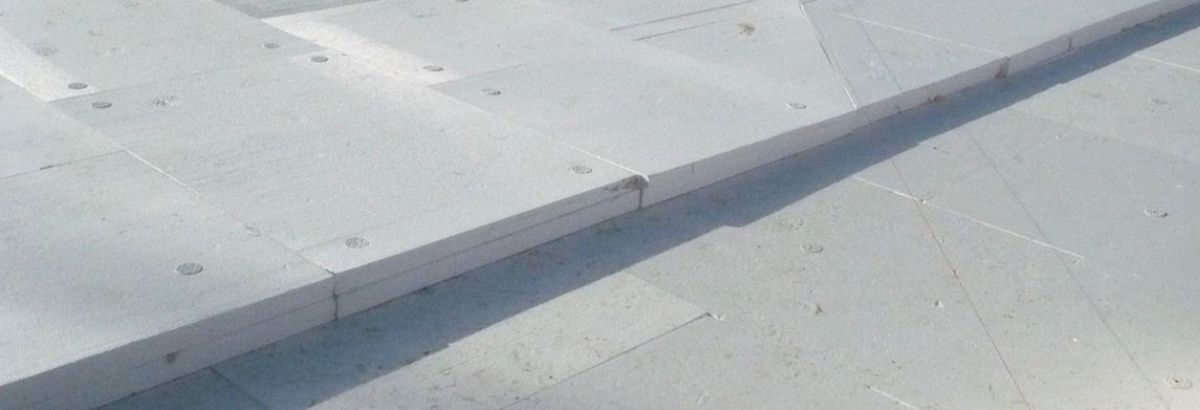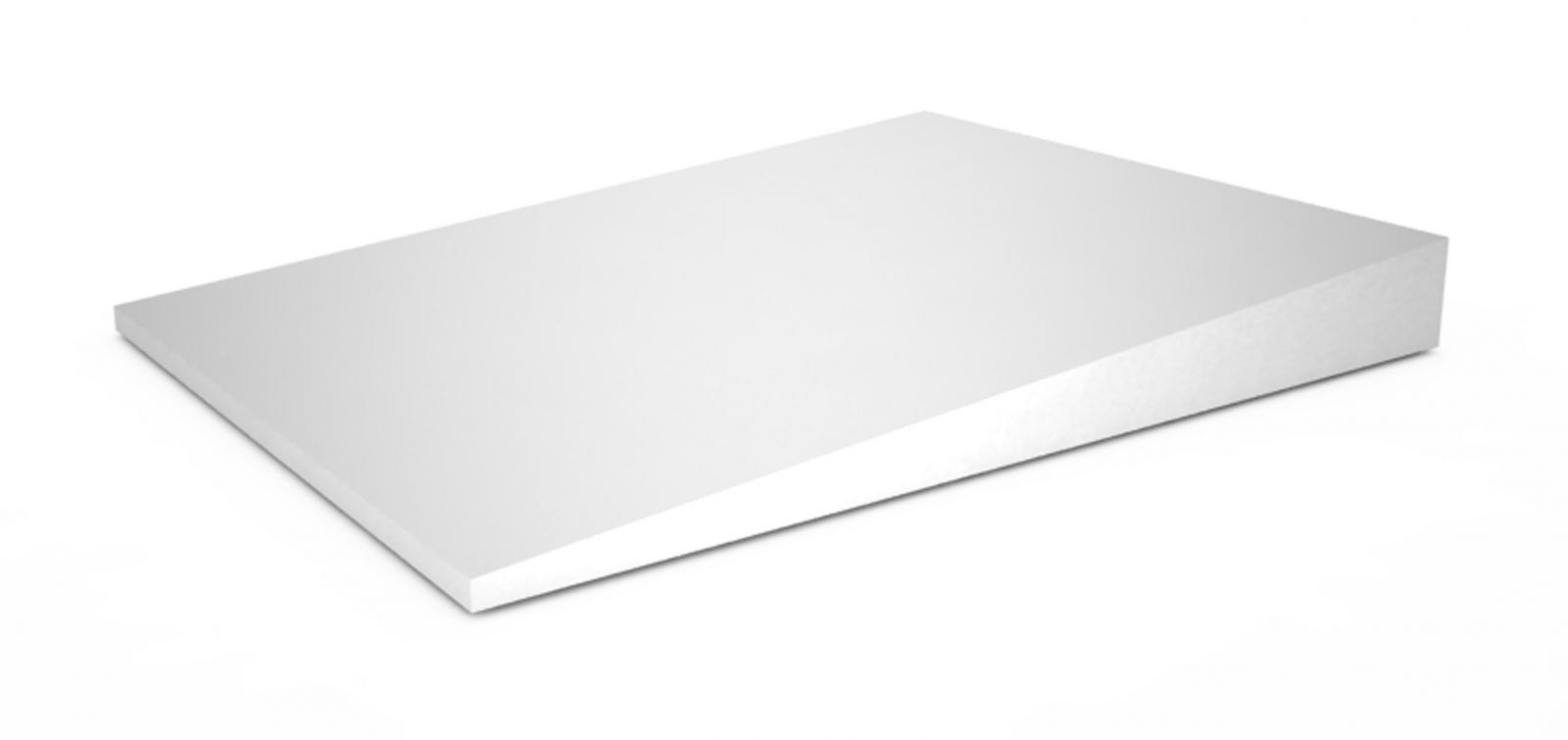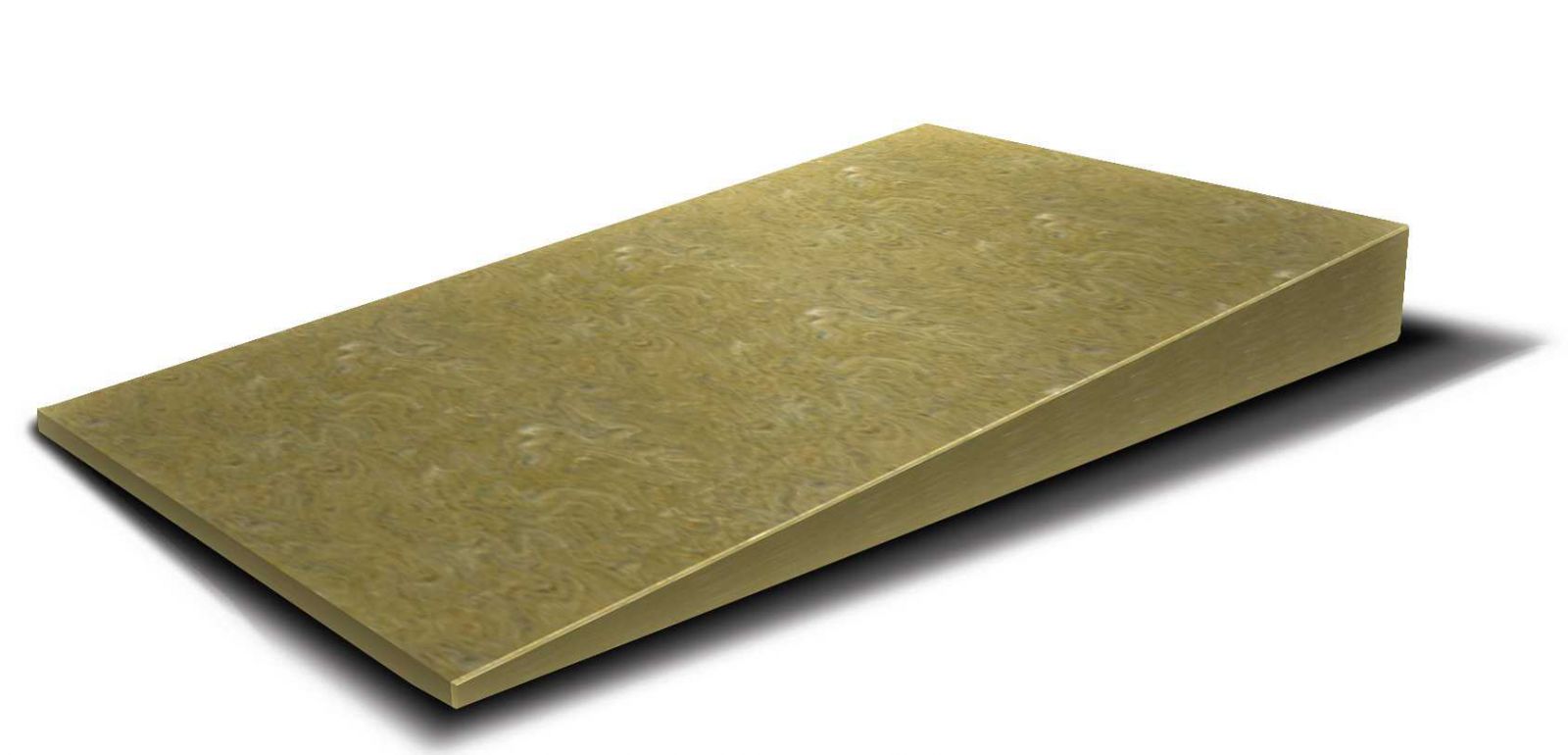
 Poor drainage on commercial roofs can result in damage far more destructive than either wind or other natural elements. Building owners often under estimate the advantages of tapered roofing when evaluating the life expectancy of a roof. Positive drainage is necessary to insure a safe, long lasting roof. Ponded water and freeze-thaw cycles can result in costly repairs and even pre-mature roof failure, which is rarely covered under warranty or by insurance. Positive sloped roof systems result in reduced maintenance and less stress to the building structure.
Poor drainage on commercial roofs can result in damage far more destructive than either wind or other natural elements. Building owners often under estimate the advantages of tapered roofing when evaluating the life expectancy of a roof. Positive drainage is necessary to insure a safe, long lasting roof. Ponded water and freeze-thaw cycles can result in costly repairs and even pre-mature roof failure, which is rarely covered under warranty or by insurance. Positive sloped roof systems result in reduced maintenance and less stress to the building structure.
According to the Uniform Building Code, roof systems must be sloped a minimum of ¼ inch in 12 inches for drainage. All three major code bodies accept this standard. However, some local codes accept retrofit roofs with a slope of only 1/8 of an inch per foot.

Tapered roofing is equally suited for new and replacement construction. In new construction, this can be achieved by designing a slope into the structure of the building. In this case, the roofing support columns are varied in height so the final roof deck has high and low points from which to place the roof drains. The easiest way to improve the slope of an existing roofing system is with the addition of insulation underneath the membrane. The thickness of the insulation is varied to create the necessary slope.

